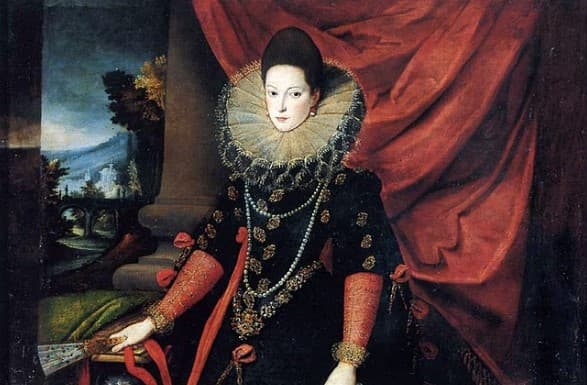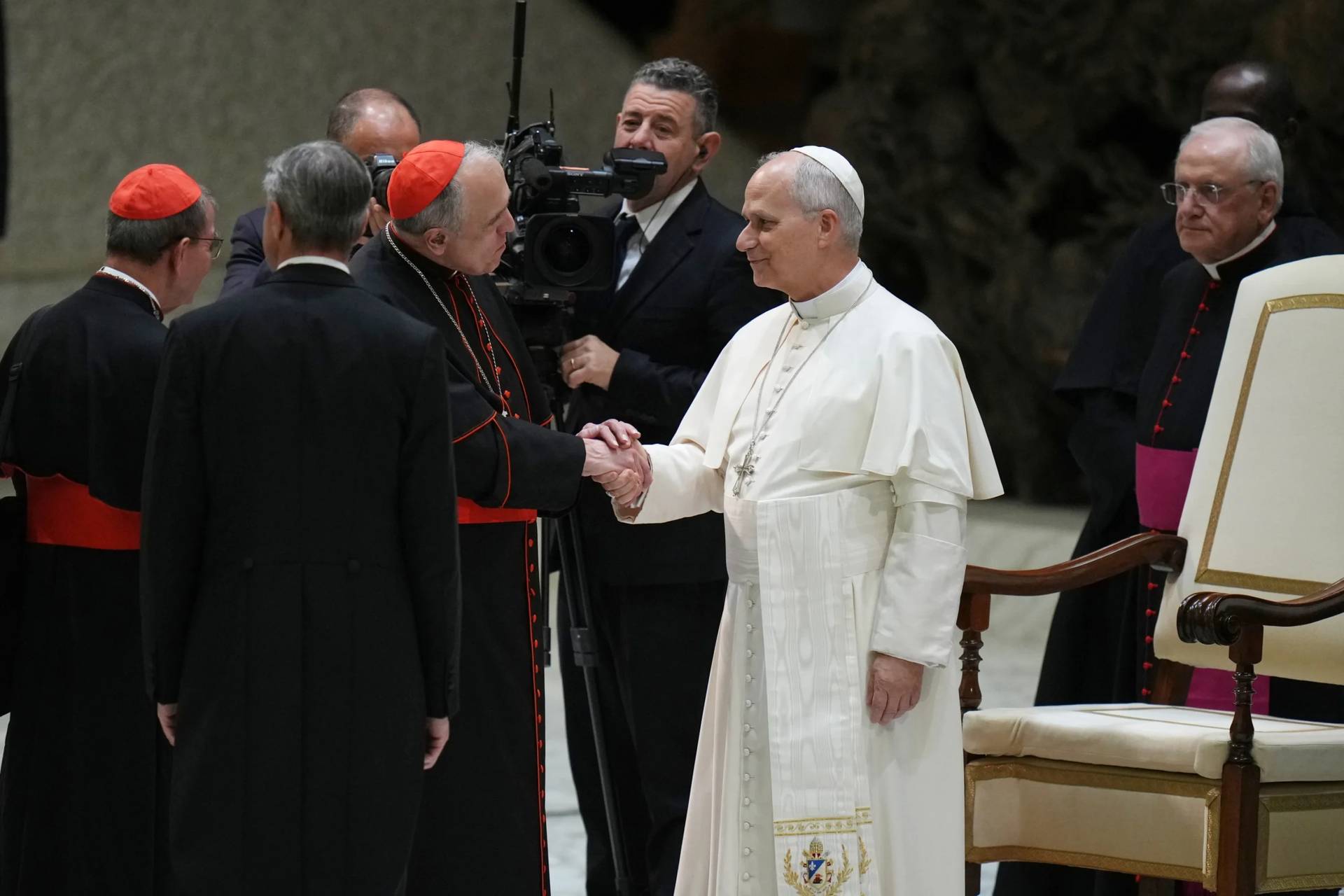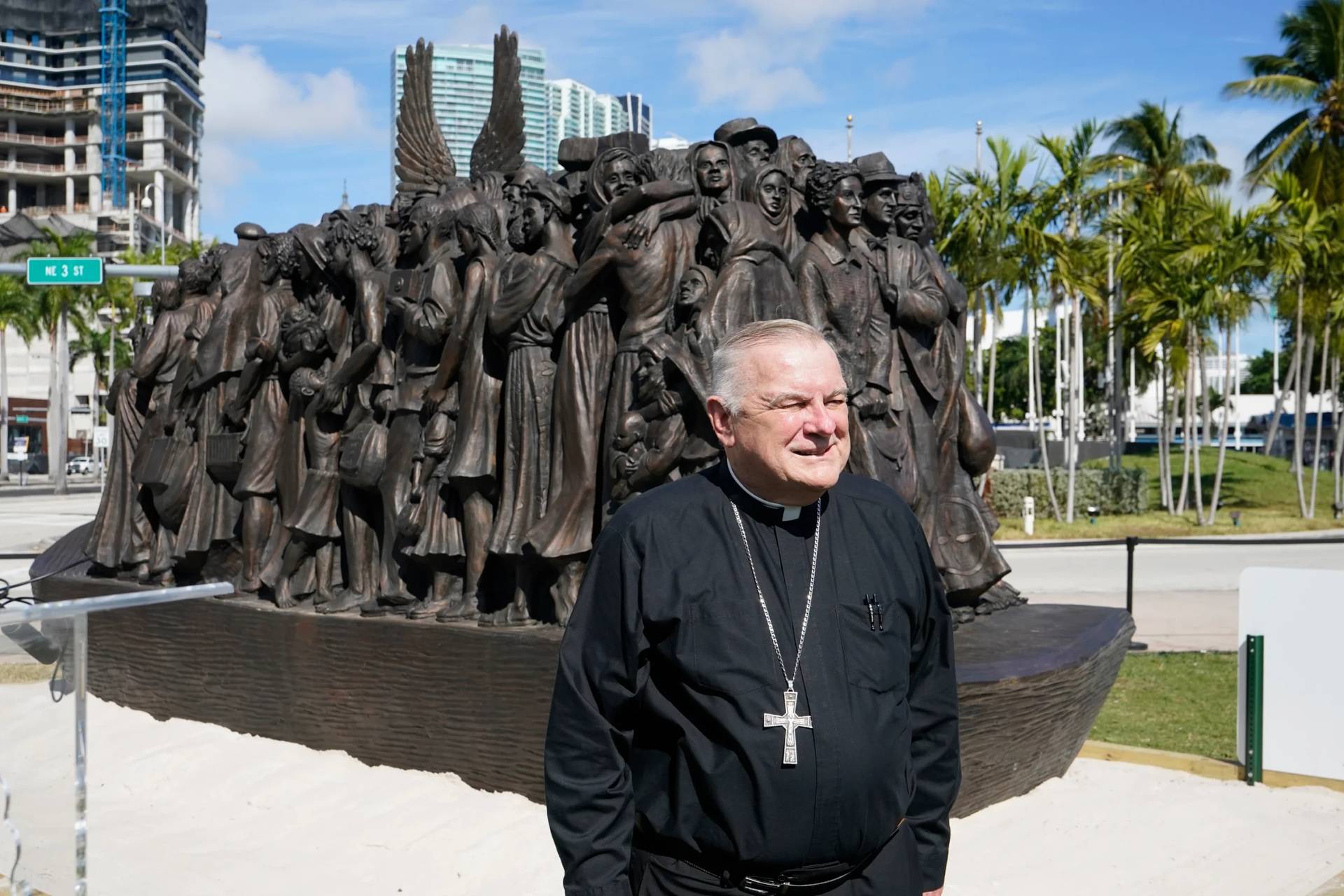ROME – Recently Father Arthur Sosa, a Venezuelan Jesuit and the order’s Superior General since 2016, held a year-end briefing for journalists. As was predictable, conversation was dominated by the case of Father Marko Rupnik, a Slovenian Jesuit artist now facing abuse allegations who, it turns out, had been temporarily excommunicated in 2019.
However, Sosa actually briefed journalists on several matters of Jesuit business, including the progress of a commission to study the role of women in the Society of Jesus created in March 2021. He didn’t offer much detail, except to say that the commission, in collaboration with the Jesuit-sponsored Atheneum of Manila in the Philippines, is preparing a major survey about the contributions of women in the society for 2023, with an eye towards submitting recommendations in 2024.
As the commission carries out its work, perhaps they’ll ponder the most intriguing precedent on record vis-à-vis the Jesuits and women, which dates back almost 500 years to the very foundations of the order: The case of history’s first, and, to date, only female Jesuit.
To recap, the Society of Jesus was founded in 1540 by St. Ignatius Loyola and six companions with the approval of Pope Paul III. At the time, Pope Paul also pressured Ignatius to launch a female branch; in 1545, Ignatius received the vows of three women, though without any mention of entering the Jesuits.
The experiment didn’t last, in part because Ignatius was convinced that in the 16th century women simply could not possess the complete availability for ministry he saw as essential to the Jesuit vocation. A year later the women were released from their vows, and in 1547 Ignatius secured a brief from Paul III prohibiting the Jesuits from taking communities of women into their fold.
A few years later, however, Ignatius found himself facing a demand to enter the society from a far more formidable female figure: Juana of Austria, the Princess of Portugal and mother to the king, and also soon to be the regent of Spain.
Just 17 at the time of her marriage in 1552, Juana was renowned for her intense religious piety. She aggressively combatted the spread of Lutheranism in Spain, among other things encouraging the work of the Inquisition – historians say that in 1558, she personally presided over an auto-da-fé in which 13 heretics were executed and several others punished. Juana also prohibited the import of foreign books and decreed that Spaniards could not go abroad to study, all in an effort to curb Luther’s influence.
As part of her devout Catholicism, she became an early admirer of the Jesuits and struck up a personal acquaintance with St. Francis Borgia, who at the time was the grandee of Spain and who would eventually become the order’s third Superior General.
Juana informed Borgia of her desire to become a Jesuit, which, to paraphrase “The Godfather,” amounted to an offer they couldn’t figure out how to refuse. She was the de facto ruler of Spain, and her support was critical to the Jesuits’ expansion both in Europe and elsewhere.
According to the late Jesuit Father John Padberg, who served as the director of the Institute of Jesuit Sources at St. Louis University, Ignatius was so flummoxed that he appointed a commission to advise him. The solution was to allow Juana to enter the Society of Jesus as a permanent scholastic, meaning a true Jesuit but perpetually in formation. (Had she been allowed to take final vows, under both civil and ecclesiastical law at the time she would have been disposed of all property, badly complicating the dynastic situation in Spain and Portugal.)
So delicate was the whole enterprise that Juana took her vows in secret, and in all written records she was referred to by the nom de guerre of Mateo Sanchez, or Montoya. Juana was also prohibited from making any overt change in her style of life that might betray her new status. (As it turns out, she had a somewhat idiosyncratic understanding of the vow of obedience anyway, since her later letters clearly show her trying to give orders to both Ignatius and Borgia.)
Juana died in 1573 at the age of 38, and so far as anyone knows, no one during her lifetime was aware of her affiliation.
Today, canonists and church historians debate whether Juana can be considered a “real” Jesuit — which, of course, beckons the question of what precisely that means.
Lisa Fullam, a theologian at Santa Clara University, put things as follows in a provocative 1999 essay titled “Juana, S.J.: The Past (and Future?) Status of Women in the Society of Jesus.”
“Her profound sense of connection to the Society’s mission can be seen in her dedication to promoting and defending its work,” Fullam wrote. “Juana was not merely an advocate for the Society: her dedication to living out religious life as well as she could – and the Jesuits’ concern for her spiritual well-being in return – reveal a true effort to enter into the life of the Society as completely as her political circumstances permitted.”
Of course, Juana inhabited a completely different world than the one the Jesuits face today. Still, under the Scholastic principle that if something has been done, therefore it can be done again, one imagines Sosa’s commission will at least have to pause a moment to consider the legacy of history’s lone female Jesuit.
















